In the world of storytelling, connecting the dots and weaving a compelling narrative is an art form. Enter Plottr’s Six Stage Plot Structure template — a story planning tool for connecting the dots with precision and finesse.
What is the Six Stage Plot Structure?
A simple, versatile template, the Six Stage Plot Structure helps writers craft engaging stories by breaking down the narrative into six distinct stages and turning points.
This method was developed by the creative minds at Plottr and has been refined to work for any genre or style of writing, making it an indispensable tool for both plotters and pantsers. It provides a comprehensive roadmap that ensures your story flows smoothly from start to finish.
Who is the Six Stage Plot Structure For?
Whatever your preferred writing style or genre, you’ll benefit from the Six Stage Plot Structure Template. It is especially beneficial if you struggle with pacing, character development, or building tension in stories.
Whether you’re a fantasy world builder, a romance novelist, or a mystery thriller fan, this structure will help you create a gripping and well-rounded story.
Plot Points of the Six Stage Plot Structure Template
The Six Stage Plot Structure is a storytelling framework that outlines the journey a protagonist goes through in a narrative.
Each stage represents a different phase of the protagonist’s development, engaging the reader throughout the story.
Here’s how the plot and turning points proceed, including some examples of how this structure could apply to J.R.R. Tolkien’s The Hobbit.
Stage 1: Setup
Introduces the protagonist, their ordinary world, and their dissatisfaction.
Example: In The Hobbit, Bilbo Baggins lives a comfortable life in the Shire but craves adventure.
Turning Point 1 – Opportunity
An inciting incident creates a goal or presents an opportunity for the protagonist.
Example: Gandalf offers Bilbo the chance to join a thrilling quest.
Stage 2: New Situation
The protagonist adjusts to a new world and faces challenges while navigating it.
Example: Bilbo embarks on the journey, adjusting to life outside the Shire and meeting new companions.
Turning Point 2 – Change of Plans
A new inciting incident presents a new goal for the protagonist.
Example: Bilbo learns about the dwarves’ quest to reclaim their homeland and the treasure guarded by the dragon, Smaug.
Stage 3: Progress
The protagonist works to resolve the plot’s central problems and grows as a person.
Example: Bilbo proves himself as a valuable member of the group, tackling challenges like escaping from goblins and solving riddles with Gollum.
Turning Point 3 – Point of No Return
The protagonist becomes fully committed to the final goal.
Example: Bilbo finds the One Ring and realizes the stakes are higher than he initially thought.
Stage 4: Complications & Higher Stakes
The protagonist faces increasingly difficult challenges as they move closer to their ultimate goal.
Example: Bilbo and the dwarves navigate the treacherous Mirkwood forest and confront Smaug in the Lonely Mountain.
Turning Point 4 – Major Setback
A major event brings the protagonist to their darkest moment.
Example: Smaug leaves the mountain to attack Lake-town, and Thorin succumbs to greed, causing strife among the group.
Stage 5: Final Push
The protagonist fully embraces their transformation and faces the ultimate challenge.
Example: Bilbo helps unite the dwarves, elves, and men to fight against their common enemy during the Battle of the Five Armies.
Turning Point 5 – Climax
The protagonist faces the central conflict one last time.
Example: Bilbo uses his wits and courage to play a crucial role in the battle, leading to victory.
Stage 6: Aftermath
The protagonist returns to their ordinary world, transformed.
Example: Bilbo returns to the Shire with newfound wisdom, experience, and treasure, ready to embrace a more adventurous life.
Throughout the story, turning points (opportunity, change of plans, point of no return, major setback, climax) drive the protagonist’s development, create tension, and keep the reader engaged.
In The Hobbit, these turning points include Bilbo’s decision to join the quest, the challenges and setbacks along the journey, and the final confrontation with Smaug and the resulting consequences.
How Do You Use the Six Stage Plot Structure in Plottr?
To use the Six Stage Plot Structure in Plottr, first make sure you have an active Plottr plan or start planning stories with a free Plottr trial. Then simply follow these steps:
- Step 1: In the Files tab of Plottr, click Create From Template
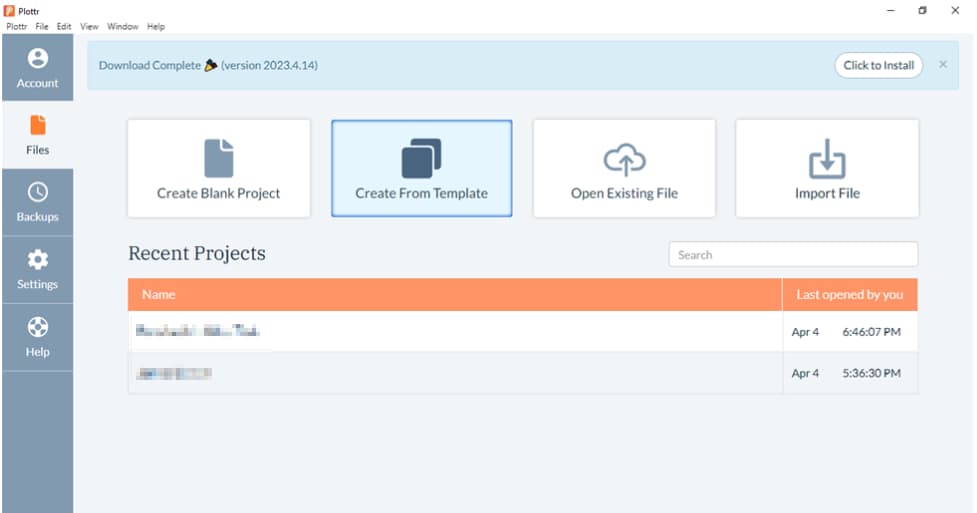
- Step 2: Scroll to the Six Stage Plot Structure template, click it, then click Create New Project
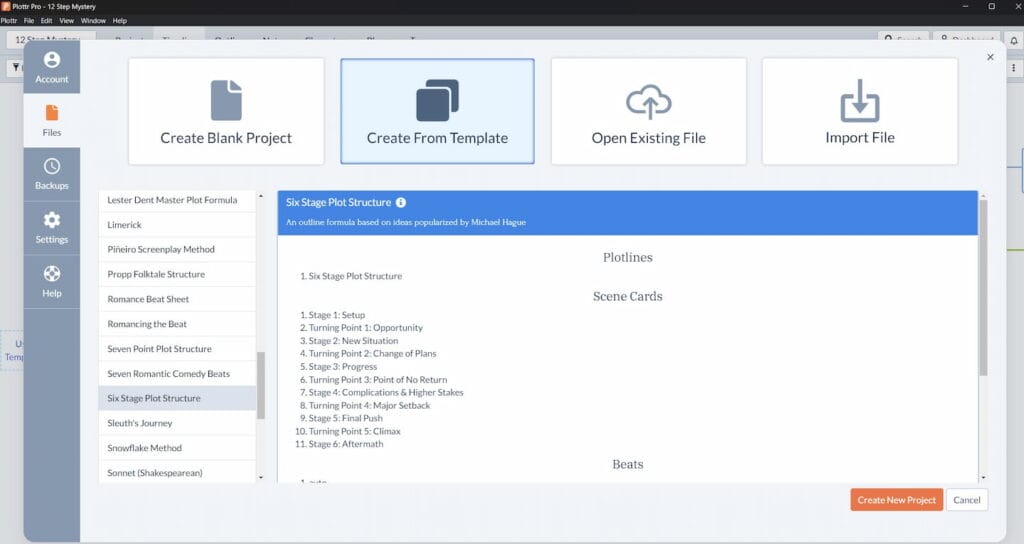
- Step 3: After you give your new project a name (so you can find it easily under Recent Projects), it will open in the Timeline tab
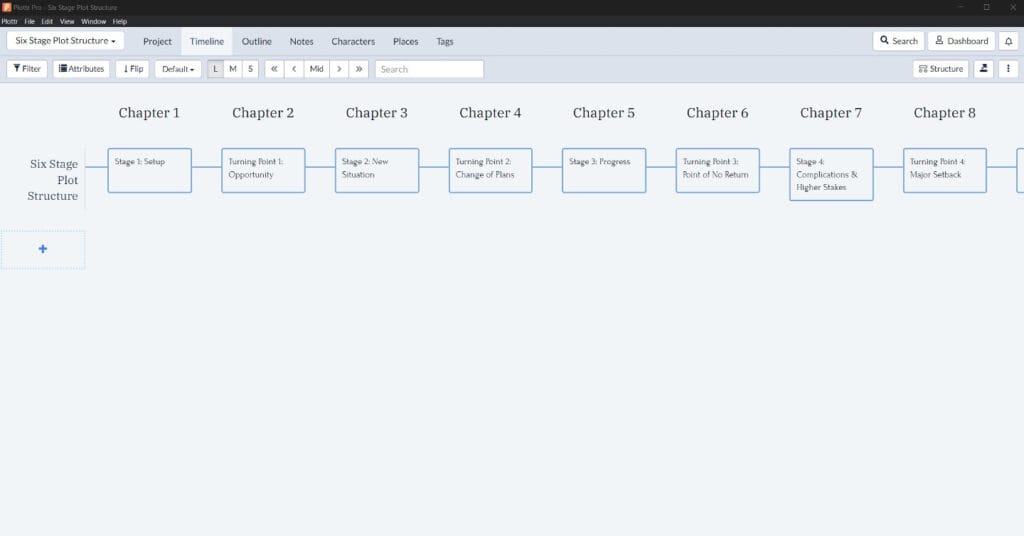
- Step 4: Click any of the chapters’ scene cards to start adding your ideas (you can write above the guideline text, or delete it if you prefer)
Plot templates in Plottr work well together for creating subplots and secondary story arcs. Try the Six Stage Plot Structure with:
Start Setting the Stage
Ready to plan your story in Plottr? Get started with a free Plottr trial, and let us know in the comments how this template works for you.
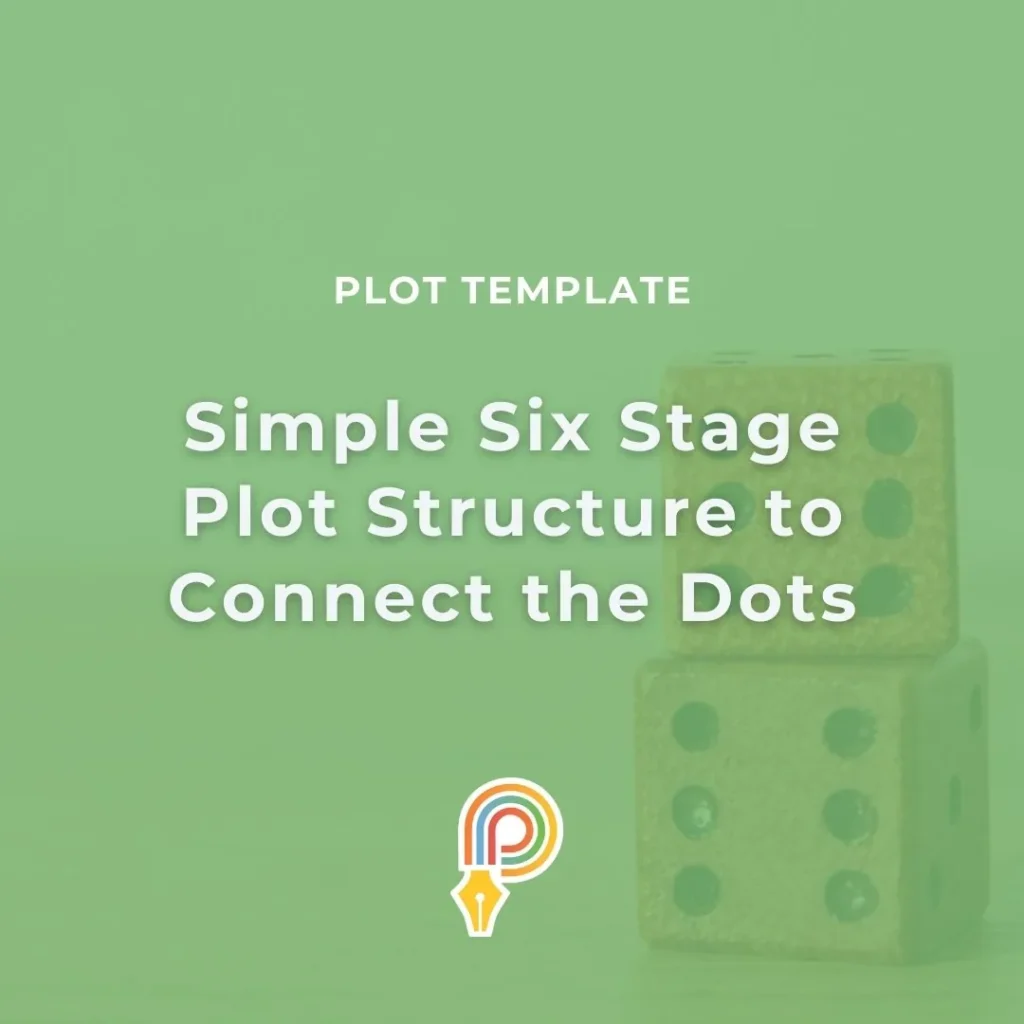



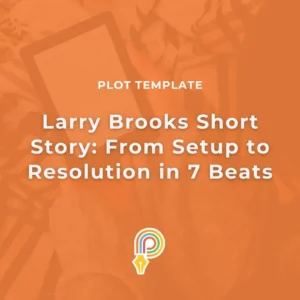

2 thoughts on “Simple Six Stage Plot Structure to Connect the Dots”
Super
Hi, just wanted to tell you, I loved this post.
It was helpful. Keep on posting!